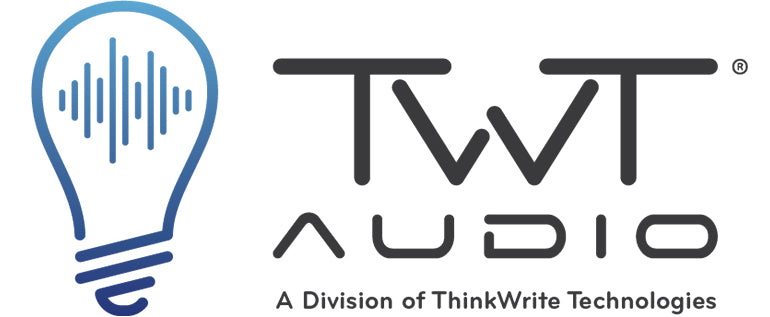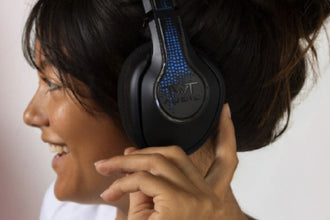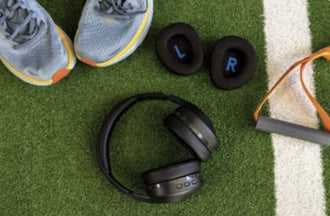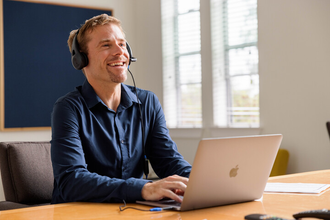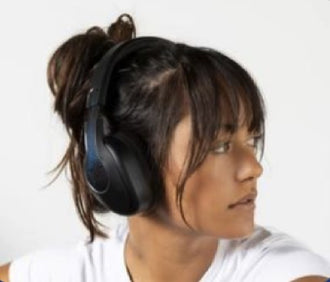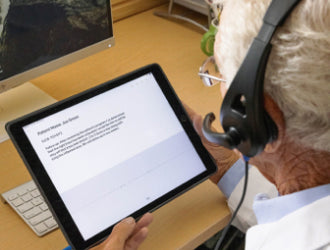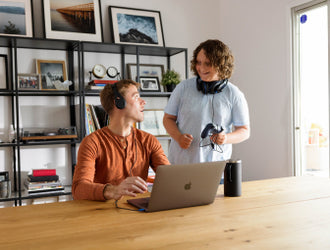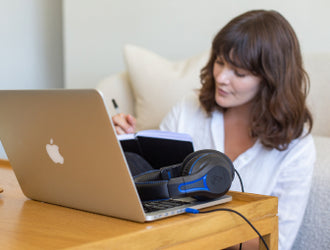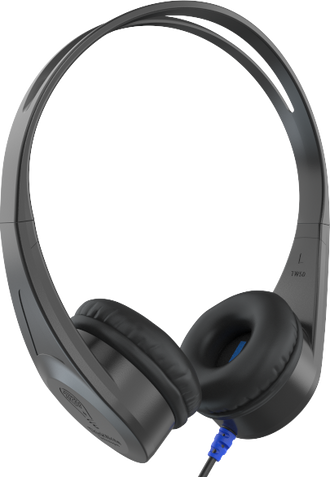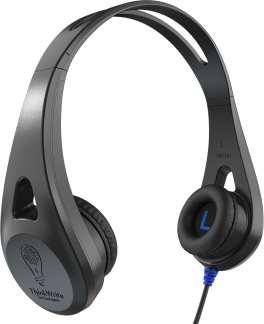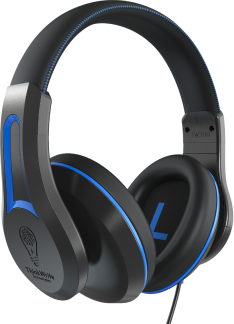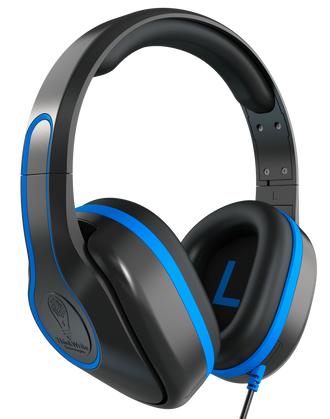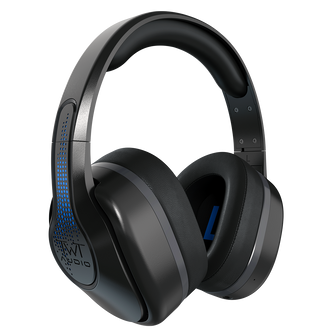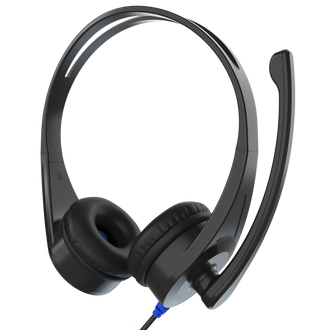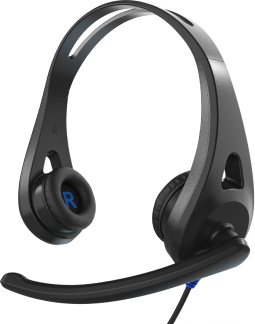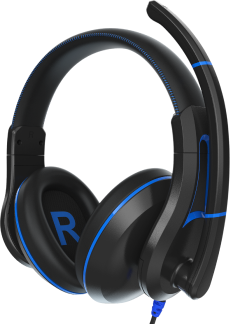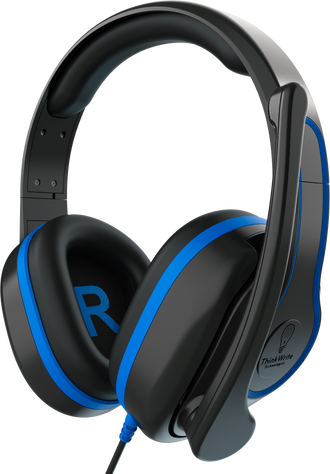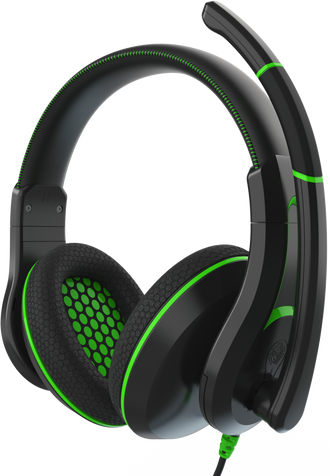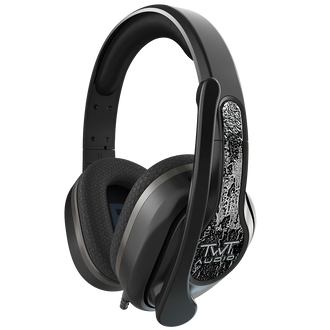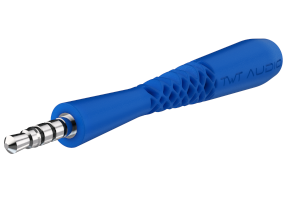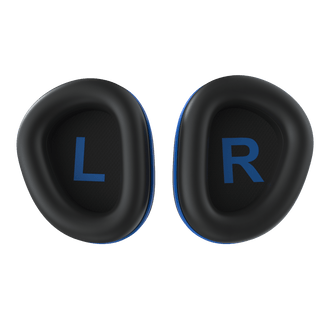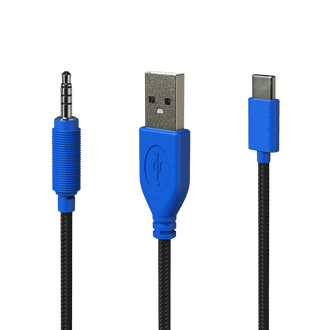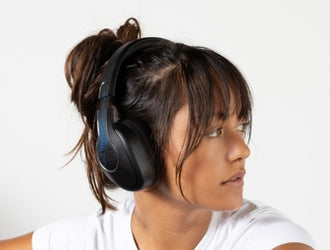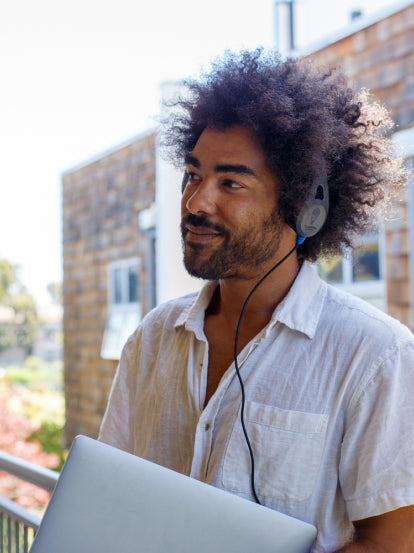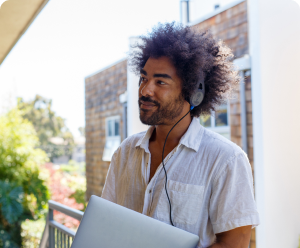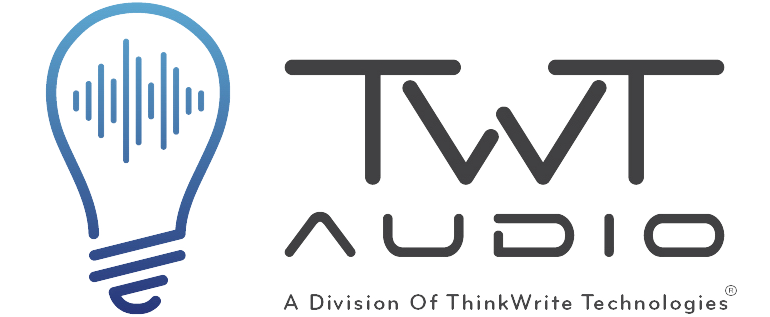Written by Ted Fillhart
Like most of you, we all have owned and used earbuds at some point in our lives. Why not? They are small and easy to carry around and barely noticeable when worn. I get it! I’m a musician and I tend to like to listen to my music a little louder than normal. However, I’m not doing that with the tiny earbuds squeezed into my ear canals.
Noise Induced Hearing Loss is a serious condition. Wearing earbuds wedge into one's ears is a major reason why this condition is on the rise especially with younger children and teens. Without getting too scientific in this article I still want to explain how this can happen. The noise from a chainsaw creates about 110 decibels of sound from 3 feet away. Without ear protection, hearing damage may occur within 30 minutes. Most users wearing earbuds are inflicting a higher volume of decibels to their ears for a longer period of time than standing near a chainsaw.
“The World Health Organization estimates over a billion young people are at risk of hearing loss because they use earbuds. Audiologists say listening to music on an iPhone at full volume any longer than five minutes is unsafe and the warning signs can be subtle.” "Earbuds Damaging Kids Hearing"
ThinkWrite Technology headphones and headsets are better at reducing external noise than earbuds. The sound quality is generally better, allowing one to listen to a clearer more defined signal at a lower volume level. On the other hand, earbuds generally reduce less external background noise, therefore the listener will increase the volume to overcome the outside ambient noise levels.
Sharon A. Sandridge, PhD, Director of Clinical Services in Audiology. Is quoted in an article "How to Rock Out With Earbuds or Headphones Without Damaging Your Hearing" saying,“Higher quality headphones or earbuds provide a higher fidelity sound, so you are less likely to rely on the volume to enhance the fidelity,” The key point to that statement is “high quality” earbuds, high quality earbuds start at $80.00 and go to over $1000.00. Inexpensive earbuds are the lowest common denominator.
TWT Audio headphones and headsets are designed to give the user a high quality listening experience by maximizing the decibel peak at 98db with a variable of +/- 3db. That setting is important because most of the devices the end users are plugging into have a much higher maximum volume output. For example, iPhones and iPads (sold in the USA) produce a maximum of 100 to 115 decibel output volume. Studies have indicated that the newer AirPods are worse in that they do a poor job of cancelling outside noise. Why is that a problem? If you are in a situation where ambient noise in your environment is distracting, for example in a subway, walking down the street, noisy office space, noisy classroom etc... you will have the tendency to crank up your device so that you don’t hear the outside noise.
It has been documented that people typically listen to their earbuds about 13 decibels higher than the background noise. So, if the noise level within the environment is 100 decibels, then adding on an average of 13 decibels to the earbuds/AirPods volume output will be very damaging in a short period of time. Remember, exposing yourself to a loud chainsaw for less than 30 minutes will cause hearing damage.
Mark Howlett is TWT Audio VP Director of Research & Development, as well as the sound engineer and developer of ThinkWrite’s products. He is an award winning Los Angeles recording engineer and studio designer credited with multiple gold and platinum albums, Emmy Awards with over 45 years experience in sound design. Mark has been instrumental in creating a sound curve for the ThinkWrite products that is both safe for the ears, as well as high quality in its sound reproduction. Mark explains it this way when discussing decibels (db) in relation to the question of volume and sound pressure levels (SPL).
“If you increase the db’s, you increase the SPL in a headphone, therefore you are increasing the “volume”. Now decibels increase the volume by increasing the voltage being sent to the driver, more voltage, more volume, but when you talk about SPL, that increase in volume is measured based on the distance or proximity of the human ear to the sound source. Example: when you go see the Rolling Stones at a large venue [20K- 30K] people, the volume is probably right at 118 to 130 db, if you are at the back of the venue [the nosebleed seats] the SPL will be equivalent to about about 90-95 db/SPL, if you are sitting in the middle of the venue your ears are being exposed to 102 -108 db/SPL. If you are standing near the front of the venue and the stage, the db/SPL would more than likely be 120/125 db/SPL. This would be very close to standing at the end of a runway when a 757 Dreamliner takes off. ITS REALLY LOUD, and the pressure or the SPL on your eardrums is extreme and it’s damaging.``
Mark continues to say, “We at TWT Audio are providing people (Students, Adults, Business Professionals etc...) with headphones and headsets for a myriad of reasons, but IN EVERY CASE, those products are in the closest proximity to their ears as anything in their life, we need to understand “what" they are being exposed to, and why we have developed headphones and headsets to try and mitigate the damage done to their ears when exposing them to hours of closed in, sealed and compressed audio of one sort or another.”
Finally Mark adds that, “TWT Audio designates that our headphones operate at a maximum db/SPL of 98 db. Now, and this is important, the World Health Organization states that listening devices for use by children should be at a maximum level of 85 db. Our experience is when you set the db level that low, the user has to keep increasing the volume from the source to overcome the background noise in a busy classroom, while riding in a car, and or flying on a plane. The last critical detail in protecting the end user is out of our control; the source that they are listening to has everything to do with the level of the signal going to the headphones, how powerful is the amplification? How loud is the material they are listening to. The audio frequency curve that ThinkWrite has incorporated into their products is another way to protect the end users' hearing.”
In conclusion, TWT Audio produces headphones and headsets that are safer for your ears than jamming earbuds into your ear canal. ThinkWrite’s rigorous design process over the last few years has produced the best headphones and headsets in their class which are durable and affordable. With the explosion in distance learning, learning from a device at home, video conferencing, ThinkWrite’s headphones and headsets have become an even more important component of the learning and working environment. They are worth saving your hearing!
ThinkReliable, ThinkDifferent, ThinkWrite!
1. Jasmine Styles Jasmine.Styles@WFTS.com ABC Action News Report
https://www.abcactionnews.com/news/national/audiologists-ear-buds-damaging-kids-hearing-1
2. HealthEssentials Cleveland Clinic my.clevelandclinic.org How to Rock Out With Earbuds or Headphones Without Damaging Your Hearing”
https://health.clevelandclinic.org/how-to-rock-out-with-ear-buds-or-headphones-without-damaging-your-hearing/
